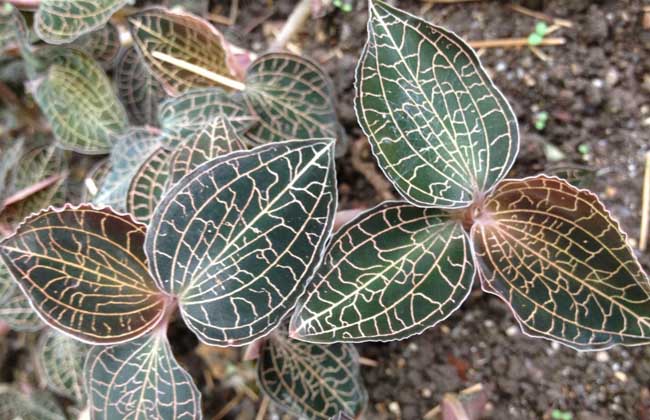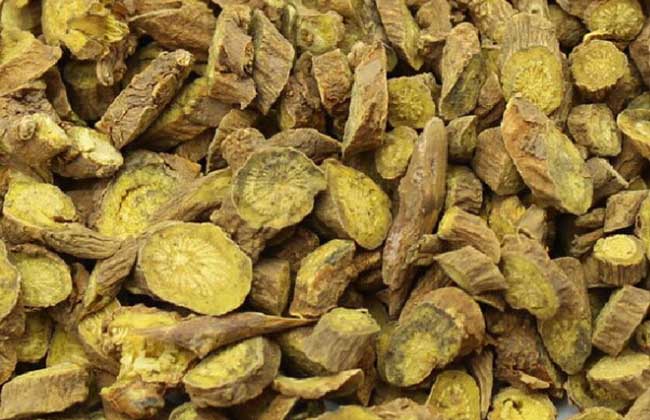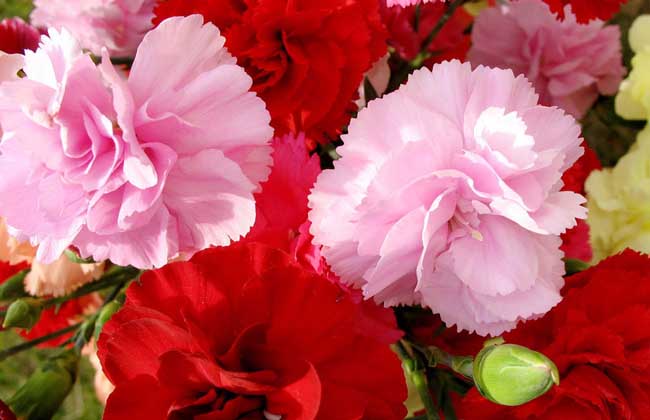How much is the clematis per jin?

"there is Cordyceps sinensis in the north and Anoectochilus roxburghii in the south". It is also known as Anoectochilus roxburghii and Anoectochilus roxburghii. Its contents of amino acids and trace elements are even higher than those of Cordyceps sinensis, both of which are higher than those of domestic American ginseng and wild ginseng. Therefore, it has been used as a common folk herb in the south for thousands of years. Let's take a look at how much it costs per jin.
How much is the clematis per jin?
The fresh goods of wild Anoectochilus roxburghii grown in Fujian are about 2000 yuan per jin and the work is more than 20000 yuan per catty. The price of tissue culture seedlings is much cheaper, the fresh goods are 280 yuan per jin, the tissue culture is 380 yuan per jin, and the dry goods are more than 4000 yuan per jin. The price of Guangxi species is about the same, and the fresh goods of Taiwan species are about 200 yuan per jin.
Distribution of producing area of Clematis roxburghii
In China, the producing areas of Clematis are distributed in Zhejiang, Jiangxi, Fujian, Hunan, Guangdong, Hainan, Guangxi, Sichuan, Yunnan, the southeast of Xizang (Motuo). Foreign origin is mainly Japan, Thailand, Laos, Vietnam, India (Assam to Simla), Bhutan to Nepal, Bangladesh and other places.
Quality identification of Clematis roxburghii
1. First of all, check whether the leaf surface of Anoectochilus roxburghii is complete. Each plant of high-quality Clematis hay is relatively complete, and there will be no separation of leaves from the rhizome.
2. The bigger the Anoectochilus roxburghii, the better, the bigger the tree, indicating that the longer the growth time, the more mature the plant, and the more active ingredients are contained.
3. The redder the back is, the better the variety is, and the redder the back is, indicating that there are more polysaccharides, taurine and other active ingredients.
4. Most of the clematis on the market are mixed with Clematis. The appearance of Clematis is very similar to that of Clematis, and the effect is also similar, but the efficacy is quite different from that of Clematis, and the price is also quite different. High-quality Anoectochilus hay has a faint aroma, while Clematis is bitter, so you can smell it. If there is bitterness, it is mixed with Clematis.
Related
- A course of planting techniques and methods on how to grow carrots
- How to plant the latest tulips?
- Is it better to pick tea in the morning or in the afternoon? When is the best time for tea to be picked? what is the third or fifth tea?
- Launch Yuanxiao Happy combination Haocha + Tea Yuan healthy Taste
- Penghu Tourism "Fireworks 20 Parade with You"
- 2022 West Lake Happiness holds "Digital Revitalization Voucher" and draws iphone13 and laptop.
- Banqiao Fuzhou social houses are designed to change start-up combined with police elimination to create a safe and livable environment
- The convenient measure of "mechanical weeding" in Xinbei has been abused and the Agriculture Bureau has imposed heavy penalties on the illegal land consolidation.
- Changgeng University Joins Hands with Four Memory Factories to Rescue Memory Talent Shortage
- The list of Taiwan's top 100 MVP managers is listed by the Director-General of the Farmers' Association of Sanxia District.



